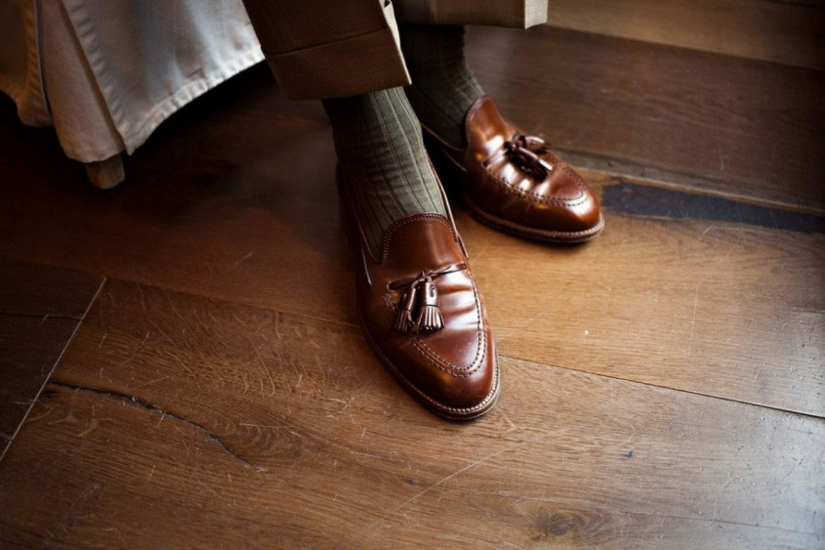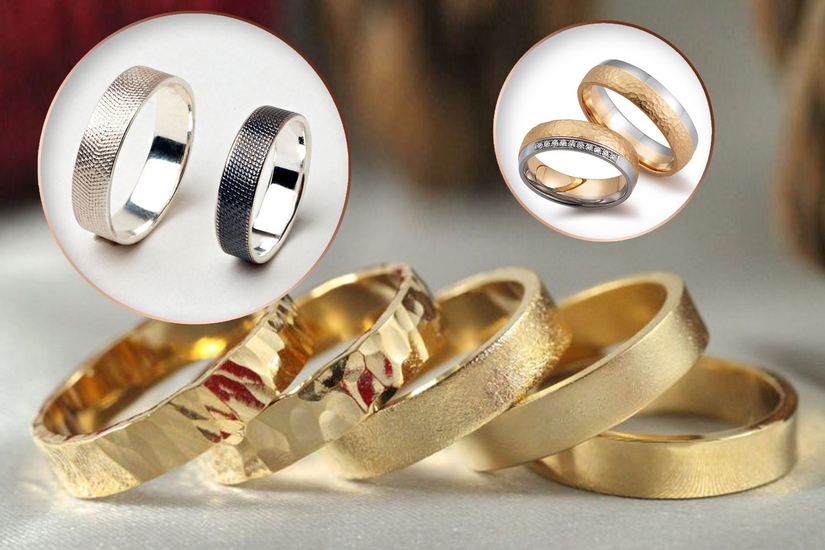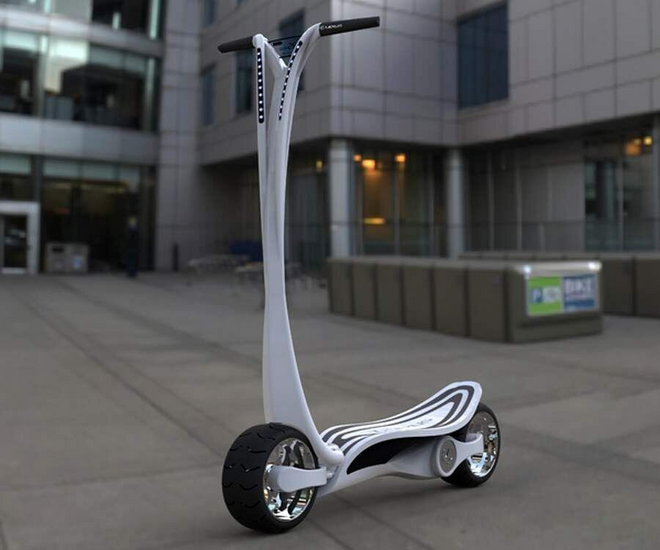How to Choose Men's Shoes by Size.


On the modern market, you can find many models of men's shoes. They can fit different styles and a man's work. Everyone should think about how to choose men's shoes so that they are comfortable. After all, not everyone can choose the right size. However, the principle of choosing shoes for men is similar to women's: you need the right size and 'fullness' of the last.
The question of how to choose men's shoes is determined by several parameters. The important ones are the length of the foot and the correct insole. This is enough to choose the right model for everyday wear.
How to Choose Men's Shoes?
The question of how to choose men's shoes by size has many nuances (for men, teenagers, and even children). But first, you need to understand that men's and women's shoes differ in construction, design, and functionality. Therefore, although the general principles may be similar, the tasks are different (how to choose the best model).
Here are the main differences between men's and women's models:
-
Foot shape. Men's shoes are usually wider and have a more square or rectangular toe to fit a wider male foot. Women's shoes often have a narrower and pointed toe reflecting a narrower female foot.
< li aria-level = '1' dir = 'ltr'>
Heel part. Men's shoes often have a wider heel part which provides stability and comfort. Women's shoes may have a narrower and more refined heel part.
< li aria-level = '1' dir = 'ltr'>Sole. Men's shoe soles are usually thicker and stiffer to provide durability and support. Women's shoes often have a thinner and more flexible sole for lightness and elegance.
< li aria-level = '1' dir = 'ltr'>Heel. Men's shoes have a low heel (about 2-3 cm) or a flat sole. Women's shoes often have higher heels, including pumps, wedges, and platforms that can reach 10 cm and higher.
< li aria-level = '1' dir = 'ltr'>Design. Men's shoes have a stricter and more classic design, often with a minimal number of decorative elements. Women's shoes can have a variety of designs, including embellishments, patterns, straps, and buckles.
< li aria-level = '1' dir = 'ltr'>Color. Men's shoes are more common in traditional colors like black, brown, and dark blue. Women's shoes have a wider range of colors and can include bright and pastel shades.
< li aria-level = '1' dir = 'ltr'>Material. Men's shoes are usually made of sturdy materials such as genuine leather, suede, and synthetic materials. Women's shoes can be made from a variety of materials including fabric, patent leather, and various synthetic materials.
< li aria-level = '1' dir = 'ltr'>Functionality. Men's shoes are designed to provide comfort and support for long wearing, often with cushioned insoles and arch support. Women's shoes, especially high-heeled models, may be less comfortable for long wear but create an elegant and stylish look.
In general, the choice of a pair of shoes depends on individual preferences, comfort, and functionality.
How to Measure a Man's Foot Length?
To correctly measure the foot size for men's shoes and navigate different size charts, you should:
-
Measure the foot size. You will need a piece of paper, a pen or pencil, a ruler, or a measuring tape.
< li aria-level = '1' dir = 'ltr'>
Place the piece of paper on a hard surface, such as the floor.
< li aria-level = '1' dir = 'ltr'>Stand barefoot on the paper, distributing weight evenly on both legs.
< li aria-level = '1' dir = 'ltr'>Trace the outline of the foot, holding the pen or pencil vertically.
< li aria-level = '1' dir = 'ltr'>Repeat the process for both feet, as they may differ in size.
< li aria-level = '1' dir = 'ltr'>Use a ruler or measuring tape to measure the distance from the heel to the longest toe.
The results should be compared with the size chart. For example, the European chart (EU). It usually starts from 39 and goes up to 48 and above. Example: EU 42 corresponds to a foot length of approximately 26.5 cm. Also popular is the American chart (US). It starts from about 6 and goes up to 16 and above. Example: US 9 corresponds to a foot length of approximately 27 cm. The British chart (UK) is also common. It starts from 5 and goes up to 15 and above. Example: UK 8 corresponds to a foot length of approximately 27 cm.
Recommendations for choosing a size
-
Always try on shoes before buying, if possible. Sizes may vary depending on the brand and model.
< li aria-level = '1' dir = 'ltr'>
Socks allowance. Allow for a small allowance (about 0.5 cm) for comfort and toe freedom.
< li aria-level = '1' dir = 'ltr'>Consider foot characteristics. If you have a wide or narrow foot, choose models that fit in width or look for options with adjustable width.
If you know the length of the foot, choosing shoe size is much easier even without trying them on.
Trying on Shoes and Care Tips
The simplest way, of course, is to try on shoes and walk around in them a bit. Try on the shoes barefoot or with the socks you plan to wear with these shoes. Then check the length. There should be a small space (about 0.5 cm) between the longest toe and the end of the shoe. Also, the nails should not press against the front of the shoe. Next is to check the widths. The shoes should not be too narrow or too wide. Check that the lateral sides do not press on the foot. It is also worth checking the height of the instep. The shoes should comfortably hug the instep without creating pressure and discomfort.
There are a few more important factors:
-
Type of foot. If the foot is wide or narrow, look for shoes with the corresponding width or adjustable elements, like laces or buckles.
< li aria-level = '1' dir = 'ltr'>
Material. Natural leather and suede usually stretch and adapt to the foot shape over Time, while synthetic materials may remain stiff.
< li aria-level = '1' dir = 'ltr'>Style and purpose. Oxfords are suitable for formal events, while loafers and moccasins are great for everyday wear.
To ensure that comfortable shoes last as long as possible, it is worth caring for them correctly:
-
Regular cleaning. Use special care products for leather and suede.
< li aria-level = '1' dir = 'ltr'>
Using shoe trees. They will help maintain the shape of the shoes and prevent creasing.
Also, dry the shoes at room temperature, avoid direct heat.
Read also
- How to choose a sports suit
- What flowers to give to a girl
- How to Choose a Ring and Its Size for a Man and a Woman
- What to give and what can be given as a wedding gift to the newlyweds
- How to choose a good electric scooter for the city
- What to Give a Man: For a Birthday or February 23









